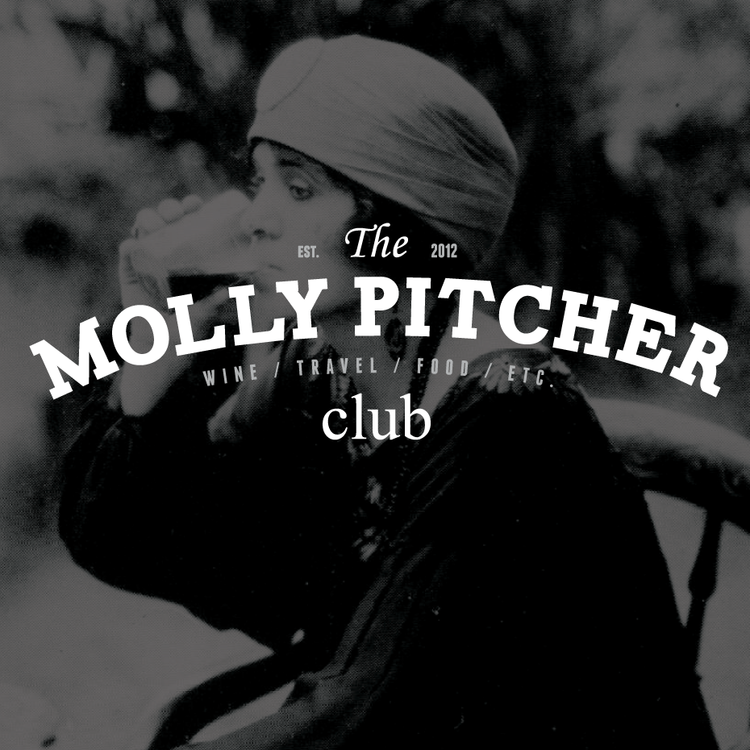Pinot Grigio v. Pinot Noir: The Results!
Dear Enthusiasts! Please don't harm the messenger for posting these results a few ... ahem ... months late. If you remember, the wine club tasted
one evening, and the group certainly learned a lot! Below are the results, enjoy!
A refresher on
Pinot Grigio...
the name pinot grigio is a synonym for pinot gris. It is a widely cultivated grape, but it grows best in Italy, Oregon, and California.
A refresher on
Pinot Noir...
a light-bodied grape. Known for its notable aromatics, silky texture and lack of tannin. It grows best in Burgundy, France; Champagne, France; California; Oregon and Rioja, Spain.
Riff Pinot Grigio
Grapes:
Pinot Grigio
Where its from:
Veneto, Italy.
Vintage:
2011
Comments:
The group thought that this was a refreshing Pinot Grigio and most were satisfied with the taste. Overall, the group concluded that they would buy it again. Personally, I agreed but also thought the pinot grigio was representative of its price point. I am curious if spending a bit more on pinot grigio will result in a wine with a bit more flavor, because while it was refreshing - if left me wanting a bit more.
Firesteed
Grapes:
Pinot Gris/Grigio
Where its from:
Oregon
Vintage:
2011
Alcohol:
12.6%
Comments:
The la
bel says...
expressively aromatic, the wine's floral and tropical fruit aromas precede flavors of Mandarin orange and Honeydew melon. Mouthwatering and enticing
. The group says...
we agree. Most of the group enjoyed this wine and it was definitely my favorite of the night. I was wowed by the steely acidity. A great summer sipper.
Le Grand Pinot Noir
Grapes:
88% Pinot Noir, 12% Grenache.
Where its from:
Limoux, France
Vintage:
2011
Pairs Well With:
Pork, salad, cheese, tuna or salmon.
Comments:
The label says...
Oak aged for 6 months, this wine offers pure aromas of cherry, currant and savory spices. Velvety tannins are nicely balanced by ripe red fruit flavors layered with vanilla and spice.
The group says...
solid wine. Nothing notable about this wine, but most really enjoyed it.
Augustinos Pinot Noir
Grapes:
Pinot Noir
Where its from:
Chile
Vintage:
2011
Comments:
The label says...
ruby red color with red fruit aroma of strawberries and cherries.
The group says...
definite bargain wine. This was a favorite within the group and the best value of the night.
Until next time wine enthusiasts!
Cheers!










